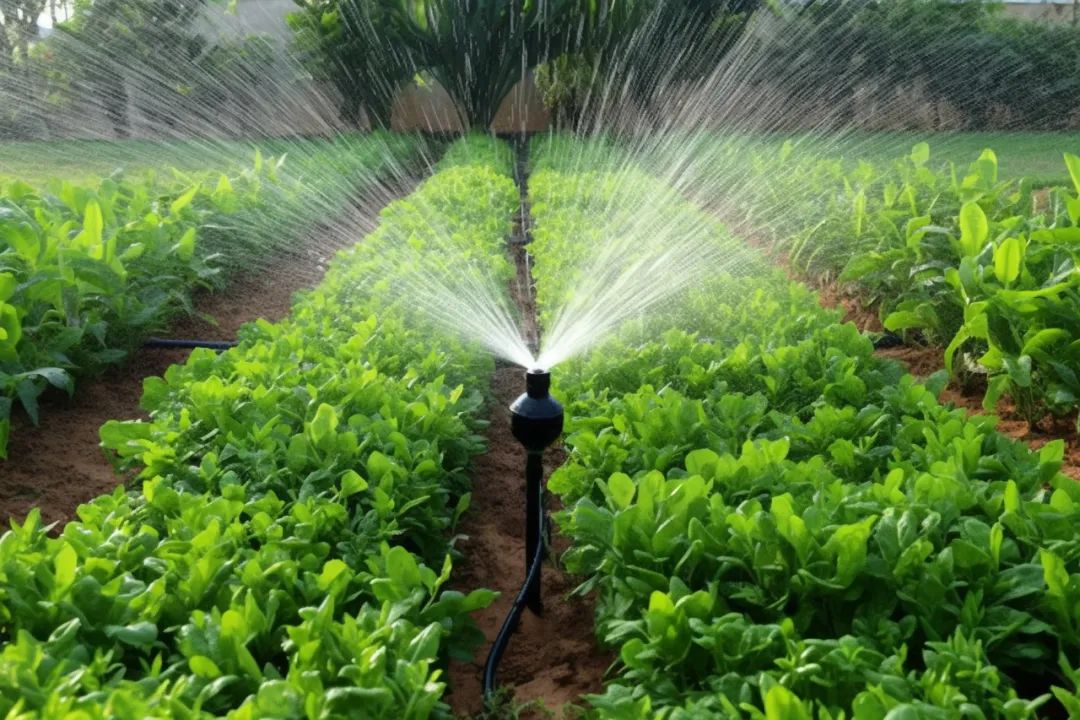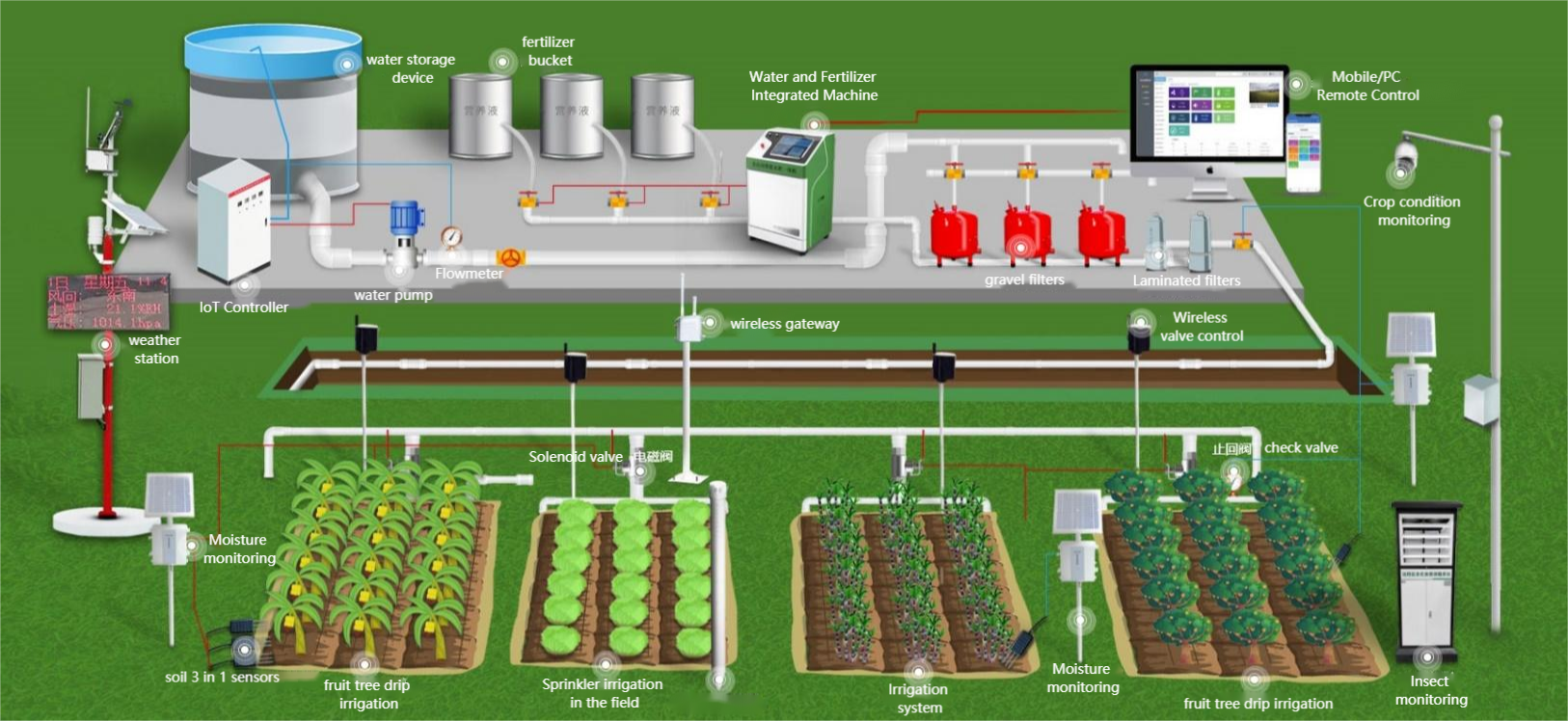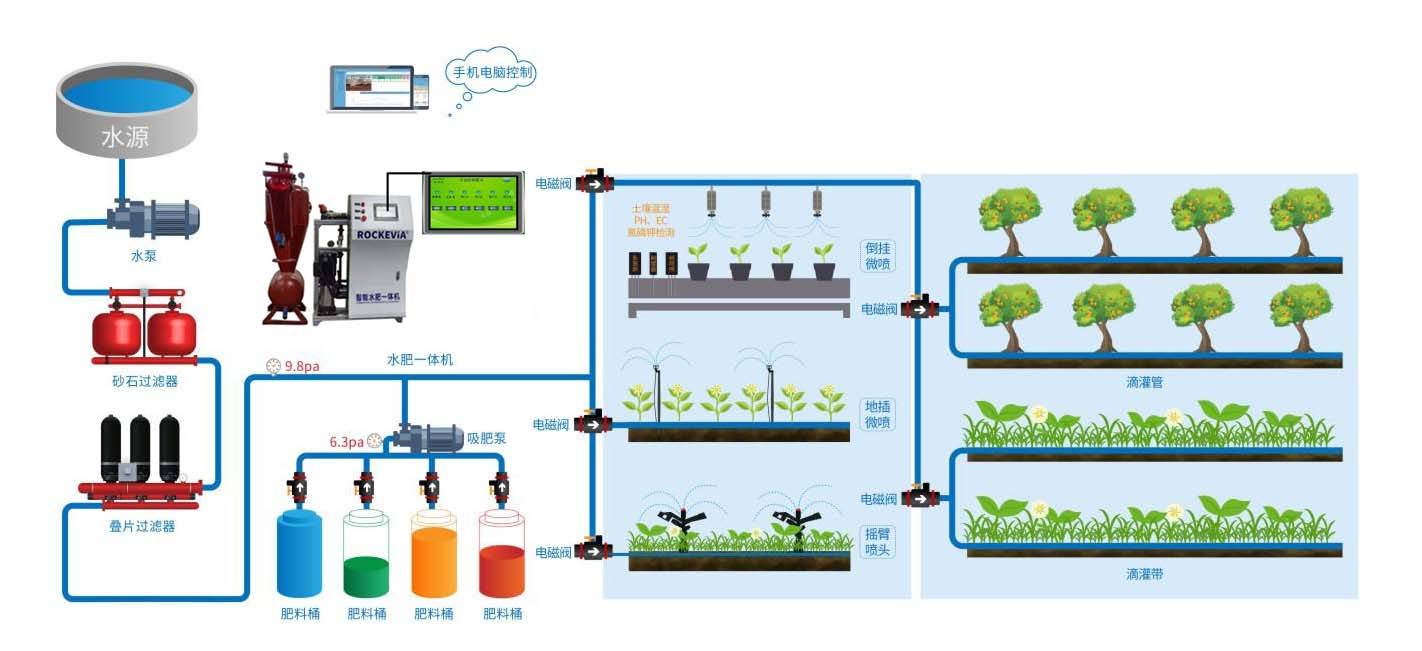

— Blogs —
—Products—
 Consumer hotline +8618073152920
Consumer hotline +8618073152920 WhatsApp:+8615367865107
Address:Room 102, District D, Houhu Industrial Park, Yuelu District, Changsha City, Hunan Province, China
Product knowledge
Time:2025-04-08 11:19:15 Popularity:97
In modern agriculture, precise management and resource optimization have become key factors for improving crop yields and ensuring sustainable development. Soil moisture, as a core factor influencing crop growth, has an increasing demand for monitoring and management. Soil moisture monitoring stations and their core component, the soil moisture sensor, are transforming traditional agricultural models through real-time, accurate data collection, providing scientific support for farmers and agricultural researchers. This article will explore in detail the functions of soil moisture monitoring stations, the working principles of soil moisture sensors, and their wide applications in agricultural production, aiming to help readers understand how this technology contributes to the modernization of agriculture.

A soil moisture monitoring station is an integrated device designed to monitor key parameters such as soil moisture, temperature, and electrical conductivity. It serves as a sharp eye in agricultural production, capable of capturing real-time changes in soil conditions and providing reliable support for irrigation, fertilization, and crop management.
Through high-precision sensors, soil moisture monitoring stations can continuously measure soil moisture content, temperature, and electrical conductivity. These data help farmers understand dynamic changes in soil, preventing crop growth from being affected by insufficient or excessive water. For instance, in the early stages of drought, the monitoring station can issue an alert, allowing farmers to take irrigation measures. During the rainy season, it can prevent over-irrigation, which could lead to resource wastage and soil salinization.
Irrigation is a major aspect of agricultural water use, and soil moisture monitoring stations help farmers determine the optimal irrigation time and water amount by providing accurate soil moisture data. This precise management not only conserves water resources but also enhances crop yield and quality. For example, in orchards or vegetable fields, the monitoring station ensures that the root zone always maintains an appropriate moisture level.

In areas prone to drought, soil moisture monitoring stations can detect declining soil moisture trends in advance, providing early warnings to farmers. By combining historical data with weather forecasts, users can develop drought-resistant plans to reduce the economic losses caused by disasters. Additionally, in flood-prone regions, monitoring stations can assess soil saturation and guide drainage measures.
For agricultural researchers, the data from soil moisture monitoring stations is an important resource for studying soil health and ecosystems. Long-term monitoring can reveal the relationship between soil moisture and crop growth, providing scientific support for optimizing planting strategies.
Soil moisture monitoring stations are typically equipped with wireless communication modules (such as 4G/5G networks), allowing data to be uploaded to cloud platforms in real-time, enabling users to check it on their mobile phones or computers at any time. Moreover, their robust and durable design (such as PVC enclosures and waterproof technology) ensures stable operation in outdoor environments, adapting to various climatic conditions.
Soil moisture sensors are the key components of the monitoring station, responsible for directly sensing soil moisture conditions. They work based on the dielectric constant principle, emitting high-frequency detection waves to measure the moisture content in the soil, and use a non-contact design to ensure measurement accuracy and environmental friendliness.
Soil moisture sensors calculate water content by using the effect of soil moisture on the electric field. When the sensor is inserted into the soil, the high-frequency waves it emits pass through the PVC casing and interact with the moisture in the soil, generating precise measurement data. This data is then transmitted wirelessly to a big data platform for user analysis and use. The non-contact design means that the sensor's electrodes do not directly contact the soil, avoiding interference with plant growth or changes in soil properties.
Soil moisture sensors are unaffected by soil salinity, fertilizer residues, or pesticide use, providing stable measurement results in complex agricultural environments. This reliability makes them suitable for various soil types, from sandy soils to clay soils, offering consistent data.
Whether in arid desertification areas or humid tropical environments, the sensor can work accurately. Its PVC casing is not only durable but also allows high-frequency waves to penetrate effectively, ensuring that measurements are not disturbed by external factors.
The non-contact measurement reduces the potential impact on the soil ecosystem and meets modern agriculture's requirements for sustainable development. The sensor's low power consumption also extends its lifespan, reducing maintenance costs.

Soil moisture monitoring stations and their sensors play a variety of roles in agricultural production. Here are several specific scenarios:
In areas with limited water resources, farmers can develop drip irrigation or sprinkler irrigation plans based on sensor data. For example, when soil moisture is detected to be below the crop's threshold, the system will prompt the activation of irrigation. When moisture returns to normal, it automatically stops. This precise control significantly improves water resource efficiency.
For high-value crops (such as grapes and strawberries), soil moisture directly affects fruit taste and yield. Soil moisture monitoring stations help growers maintain ideal moisture conditions, ensuring crops grow in optimal conditions.
Soil moisture sensors can be integrated with other devices (such as weather stations or smart irrigation systems) to form a complete monitoring network. For example, when the sensor detects drought risk, the system can automatically adjust irrigation equipment without manual intervention. This automated management is driving agriculture towards greater intelligence.
Agricultural research institutions use the data from monitoring stations to analyze the relationship between soil moisture and yield, providing a basis for new variety breeding or policy formulation. For example, when promoting drought-resistant crops in arid regions, the monitoring station's data can validate their adaptability.

Soil moisture monitoring stations and their sensors bring revolutionary changes to modern agricultural production through precise data collection and stable performance. From optimizing irrigation to disaster early warnings, they not only improve agricultural efficiency but also contribute to environmental protection and sustainable development. For farmers and researchers aiming for high productivity and efficiency, this technology is a reliable partner. As application scenarios continue to expand, soil moisture monitoring stations will play an increasingly significant role in the global agricultural sector, helping humanity tackle the challenges of future agriculture.
1.NBL-S-THR Soil Temperature Moisture Sensor datasheet
NBL-S-THR-Soil-temperature-and-moisture-sensors-Instruction-Manual-V4.0.pdf
2. NBL-S-TMC Soil Temperature Moisture EC Sensor datasheet
NBL-S-TMC-Soil-temperature-and-moisture-conductivity-sensor.pdf
3. NBL-S-TM Soil Temperature Moisture Sensor datasheet
NBL-S-TM-Soil-temperature-and-moisture-sensor-Instruction-Manual-4.0.pdf
4. NBL-S-TMCS Soil Temperature, Moisture, Conductivity and Salinity Integrated Sensor
NBL-S-TMCS-Soil-Temperature-Humidity-Conductivity-and-Salinity-Sensor.pdf
Prev:Rainfall Stations and Urban Meteorological Monitoring
Next:Soil moisture monitoring stations: smart tools for agriculture and water management
Related recommendations
Sensors & Weather Stations Catalog
Agriculture Sensors and Weather Stations Catalog-NiuBoL.pdf
Weather Stations Catalog-NiuBoL.pdf
Related products
 Combined air temperature and relative humidity sensor
Combined air temperature and relative humidity sensor Soil Moisture Temperature sensor for irrigation
Soil Moisture Temperature sensor for irrigation Soil pH sensor RS485 soil Testing instrument soil ph meter for agriculture
Soil pH sensor RS485 soil Testing instrument soil ph meter for agriculture Wind Speed sensor Output Modbus/RS485/Analog/0-5V/4-20mA
Wind Speed sensor Output Modbus/RS485/Analog/0-5V/4-20mA Tipping bucket rain gauge for weather monitoring auto rainfall sensor RS485/Outdoor/stainless steel
Tipping bucket rain gauge for weather monitoring auto rainfall sensor RS485/Outdoor/stainless steel Pyranometer Solar Radiation Sensor 4-20mA/RS485
Pyranometer Solar Radiation Sensor 4-20mA/RS485
Screenshot, WhatsApp to identify the QR code
WhatsApp number:+8615367865107
(Click on WhatsApp to copy and add friends)